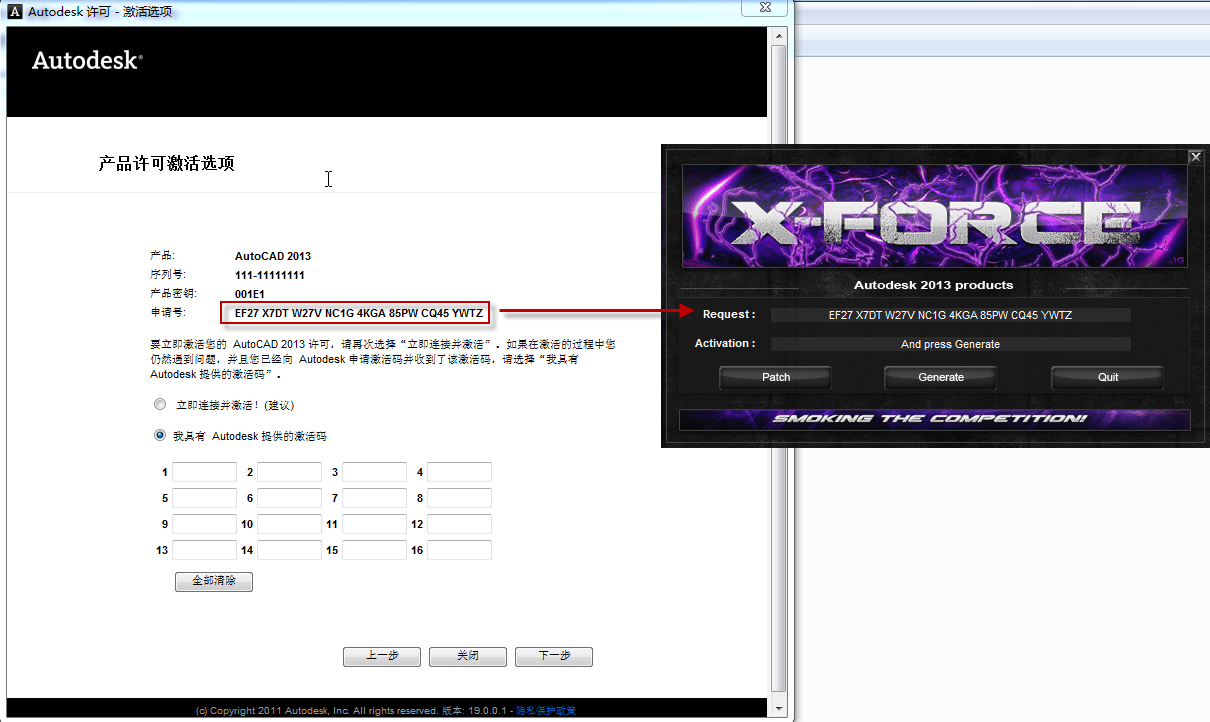

Everyone-from design professionals, engineers and architects to digital artists, students and hobbyists-uses Autodesk software to unlock their creativity and solve important challenges. Autodesk helps people imagine, design and create a better world. But as and when “as built” design changes are required or building layouts change quite often the cost overhead of re-drawing is high and unnecessary.Įqually GIS and infrastructure professionals often need to simply edit existing map data, building elevations or existing geospatial and digital satellite imagery to maintain and update existing records with new developments or proposed plans.Ībout Autodesk. Many engineering, manufacturing and construction companies still have a substantial legacy of paper or scanned documentation for existing products, machinery and layout drawings that are still “live”.

Autodesk AutoCAD Raster Design software delivers the power of raster image manipulation inside of selected AutoCAD software for customers that need to work with legacy scanned paper drawings, maps or other digital imagery inside a CAD environment.

Note if you already tried using the install code from this post and it didn't work, first run a Homebrew uninstall with this code:Īnd then run a fresh install with the code I just wrote.Autodesk Inc is pleased to announce the availability of AutoCAD Raster Design 2023, the vector conversion software with powerful raster editing and raster-to-vector conversion tools.Ībout Autodesk AutoCAD Raster Design. Then, I tried with the posted instructions here for homebrew, but actually, something went wrong so I went to their official website at brew.sh and got their installation code from there.Īfter you type this in the terminal, you wait for the install and then you type:įor me, it didn't work putting the file on the desktop, so I put it in Applications, and then I wrote this in terminal:Ĭode Block sudo upx -d (and here instead of writing the directory its best to go to Applications > Right click xf-adesk19 and choose Show Package Contents > Contents > MacOS > x-force and simply drag and drop that file after the -d in your terminal and it should visualize the path)Īnd then press enter, and now u should be able to open that file on MacOS Big Sur. In Big Sur Apple removed that option for the users but you can activate it by running this in your terminal Before I started I had to make sure my mac running on Big Sur can accept software installs from Anywhere.


 0 kommentar(er)
0 kommentar(er)
